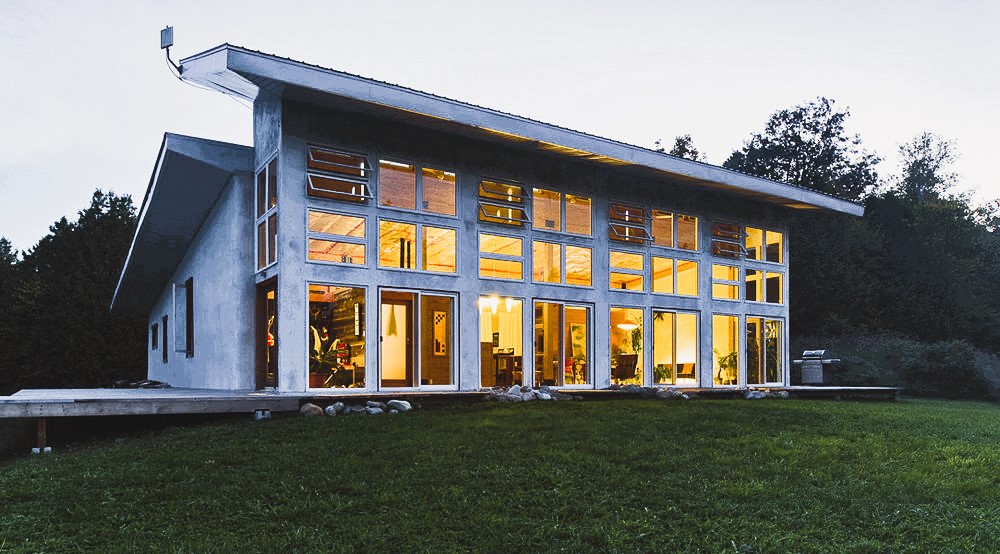Sustainable landscaping has gained significant attention in recent years as homeowners in Ontario, Canada, seek to minimize their environmental impact and create eco-friendly outdoor spaces. Sustainable landscaping involves the use of design, maintenance, and gardening practices that promote environmental stewardship, conserve resources, and support local ecosystems. This article explores the importance of sustainable landscaping in Ontario, highlighting eco-friendly practices that homeowners can adopt to create beautiful and sustainable outdoor environments.
Benefits of Sustainable Landscaping
Sustainable landscaping offers a multitude of benefits for homeowners, communities, and the environment. Firstly, it helps conserve water by utilizing efficient irrigation systems, reducing water waste, and promoting drought-tolerant plants. This is particularly significant in Ontario, where water scarcity can be a concern during dry seasons. By implementing sustainable irrigation practices, homeowners can reduce their water consumption, contribute to water conservation efforts, and lower their water bills.
Secondly, sustainable landscaping supports biodiversity and native ecosystems. By incorporating native plants, homeowners provide habitats and food sources for local wildlife, including birds, bees, and butterflies. Native plants are adapted to the local climate, require less maintenance, and help preserve the region’s natural heritage. Additionally, creating diverse plantings with varying heights, textures, and colors can enhance the aesthetic appeal of the landscape. Pedestrian accessibility, tips for building at this link.

Another advantage of sustainable landscaping is the reduction of chemical pesticide and fertilizer use. By opting for organic pest management methods, such as integrated pest management (IPM), homeowners can protect their plants while minimizing harm to beneficial insects, wildlife, and water systems. Organic fertilizers and compost can enrich the soil, improve plant health, and reduce the release of harmful chemicals into the environment.
Additionally, sustainable landscaping can contribute to energy efficiency. Strategic placement of trees, shrubs, and hedges can provide shade and windbreaks, reducing the need for artificial cooling and heating. This, in turn, lowers energy consumption and greenhouse gas emissions, leading to cost savings and a smaller carbon footprint.
Eco-Friendly Practices for Homeowners
- Native Plantings: Incorporate native plants into your landscape design. These plants are adapted to local conditions, require less water and maintenance, and support local wildlife.
- Water Conservation: Install efficient irrigation systems, such as drip irrigation or rainwater harvesting, to minimize water waste. Use mulch to retain soil moisture and reduce evaporation.
- Organic Pest Management: Implement integrated pest management (IPM) techniques, including biological controls, companion planting, and physical barriers, to manage pests without the use of harmful pesticides.
- Composting: Start a composting system to recycle organic waste and create nutrient-rich soil amendments for your garden. Compost helps improve soil health and reduces the need for chemical fertilizers.
- Energy-Efficient Design: Incorporate trees, shrubs, and hedges strategically to provide shade, wind protection, and insulation. This can help reduce energy consumption for heating and cooling your home.
- Wildlife-Friendly Features: Create habitats for wildlife by including bird feeders, bird baths, and native plantings that provide food, shelter, and nesting sites for birds, butterflies, and other beneficial insects.
- Sustainable Materials: Choose environmentally friendly materials for hardscaping projects, such as recycled or locally sourced materials. This reduces the environmental impact associated with manufacturing and transportation.
Government and Stakeholder Initiatives
The government of Ontario, along with various stakeholders, has recognized the importance of sustainable landscaping and has implemented initiatives to promote eco-friendly practices. The Ontario Ministry of the Environment, Conservation and Parks provides resources and guidelines on sustainable landscaping for homeowners and professionals. These resources offer information on native plant species, water conservation strategies, and guidelines for sustainable landscape design.
Furthermore, non-profit organizations and community groups actively promote sustainable landscaping practices in Ontario. One such organization is the Sustainable Landscapes Certification Program, which educates homeowners, landscape professionals, and municipalities on sustainable landscaping principles and provides certification for environmentally responsible landscapes.

Conclusion
Sustainable landscaping is a crucial aspect of environmental stewardship in Ontario. By implementing eco-friendly practices, homeowners can conserve water, support biodiversity, reduce chemical use, and promote energy efficiency. These practices contribute to the health of the environment, enhance the beauty of outdoor spaces, and create a more sustainable future. By adopting sustainable landscaping techniques, Ontario homeowners can play an active role in protecting the environment and inspiring others to do the same.
For more information on sustainable landscaping and related initiatives, visit:
- Wikipedia: Sustainable Landscaping
These resources provide comprehensive information on sustainable landscaping principles, practical guidance for homeowners, and additional resources to support sustainable practices in Ontario and throughout Canada.


